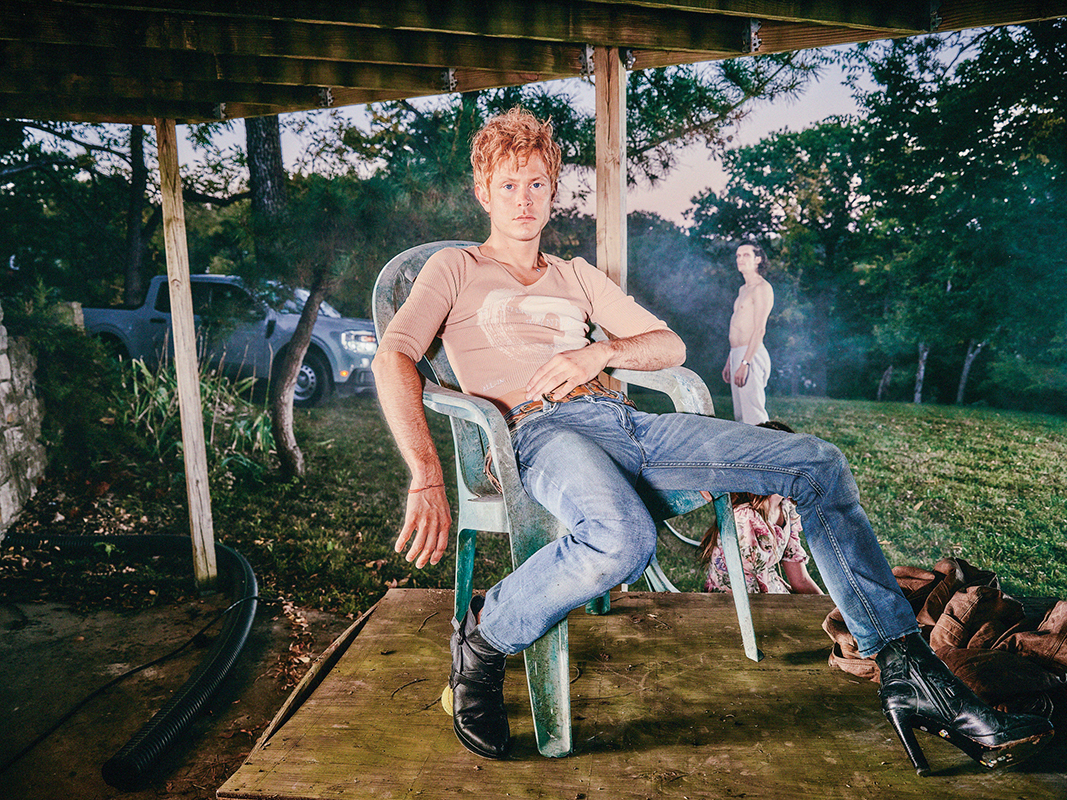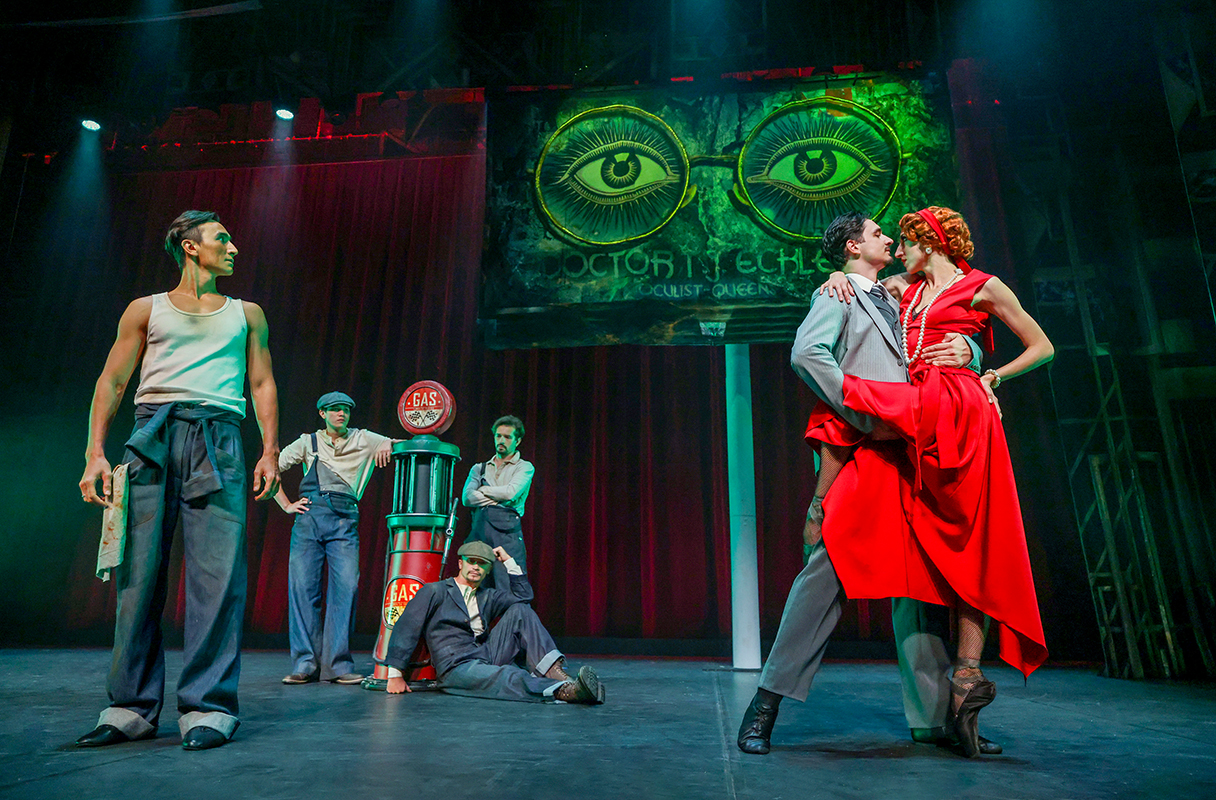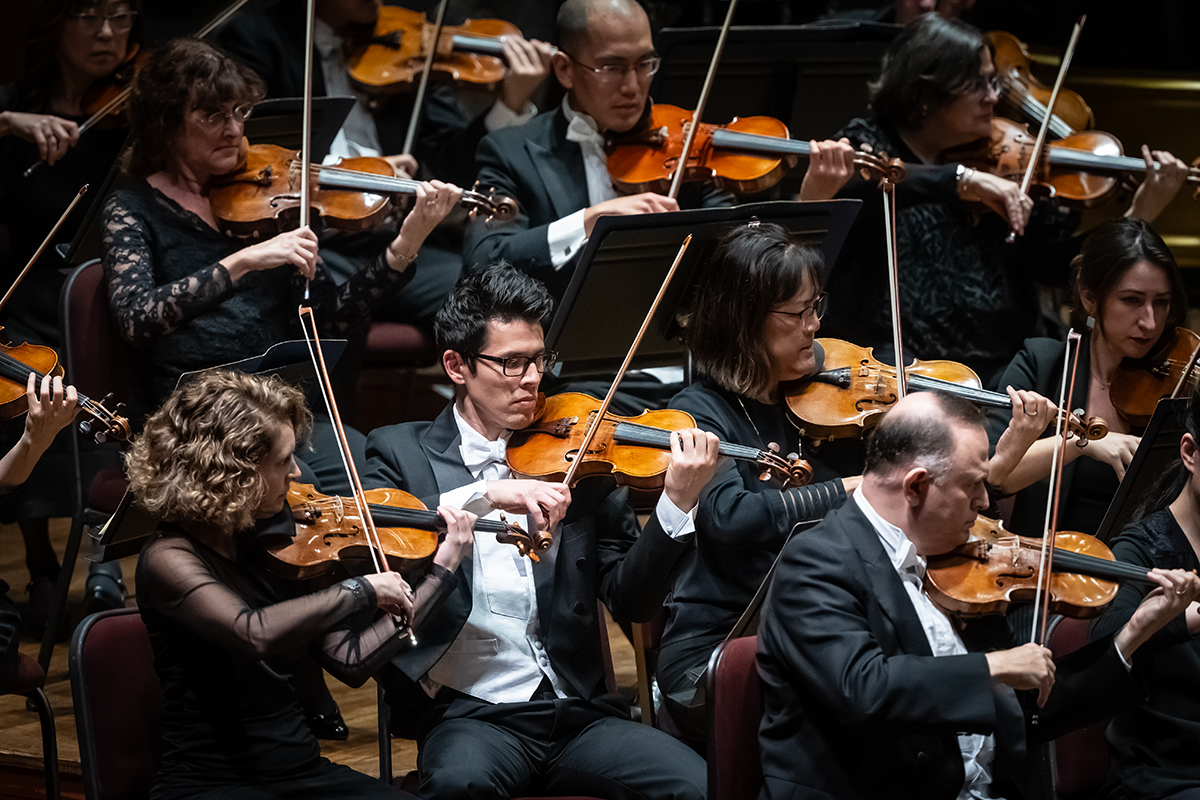Magic Mirrors: Kaleidoscopes at Strathmore
Kaleidoscopes: 200 Years presents the humble children's toy as a tangible work of art

“As a child, you remember your first kaleidoscope,” says Charles Karadimos. “As an adult it’s no longer a toy, it’s an art form. It’s sculpture on the outside and magic on the inside.”
A dedicated kaleidoscope artist from Damascus, Md., Karadimos is one of more than 50 international artists participating in Kaleidoscopes: 200 Years, currently at the Mansion at Strathmore. It’s a unique exhibit, one where attendees are welcome not only to gaze at the various works on display, but to experience them. Utilizing sight, sound and touch, each handcrafted kaleidoscope — or kaleidoscope-inspired work — aims to transform the humble, entrancing, psychedelic toys we all played with as children into bona fide works of art. “We are just fixated and fascinated with that imagery,” says Carolyn Bennett, who traveled from southern New Jersey to see her pieces on display at the exhibit’s opening reception.
Kaleidoscopes: 200 Years is comprised of a mixture of quilts, photography and actual kaleidoscopes, each work inspired by the symmetrical shapes found within chambers filled with tumbling glass, plastic and rounded beads. The kaleidoscopes on display are made from the conventional and the unexpected: metal tubing, wood, egg shells, train sets, even bread. Some are fused together with melted glass in a technique known as slumping. They vary in size from small jewelry to one that has been crafted inside the gut of a large, wheeled cart.
“I think of kaleidoscopes as having those dry, clunky rhinestones from Michaels,” says Gabrielle Tillenburg, visual arts coordinator at Strathmore. “But I was fascinated by what types of light are used. It’s just mind-bending.”
While some of the kaleidoscopes have their own internal light sources — one utilizes fiber optic tubing and black lights, while another relies on the cellphone displays of those interacting with the piece — others rely on natural light. All of the optical instruments use mirrors to warp light, but some use dichroic glass to output natural light in different colors, depending on the angle.
“I’m sort of a math and physics person from school, so interpreting that into an art form that’s participatory is an infatuation,” says Karadimos, who has been creating kaleidoscope art for 36 years. “It’s a personal expression. What you’re seeing is connected to you, so your impression will be different to anybody else’s.”

The word kaleidoscope is derived from three Greek words that, when combined, mean beautiful image. Depending on the preference of the artist, kaleidoscopes can have dry chambers that clink as materials shift, or chambers filled with oil for a quiet rotation. One kaleidoscope on display avoids a chamber altogether. Known as a teleidoscope, it uses a marble-shaped lens to give those who wield it the ability to view any object outside of the instrument in a kaleidoscopic pattern.
Both Bennett and Karadimos are members of the Brewster Kaleidoscope Society, currently celebrating the 200th anniversary of David Brewster’s invention of the unique visual instrument. The exhibit is the society’s seventh gallery at Strathmore (the first was curated in 1985) and it remains on display through Saturday, June 4. Bennett is confident that visitors will “never forget what they’ve seen,” a sentiment Karadimos shares.
“Visitors will walk away smiling, there’s no question about it.”
Kaleidoscopes: 200 Years is on display through June 4 at the Mansion at Strathmore, 10701 Rockville Pike, in North Bethesda. Free. Visit strathmore.org.
Support Metro Weekly’s Journalism
These are challenging times for news organizations. And yet it’s crucial we stay active and provide vital resources and information to both our local readers and the world. So won’t you please take a moment and consider supporting Metro Weekly with a membership? For as little as $5 a month, you can help ensure Metro Weekly magazine and MetroWeekly.com remain free, viable resources as we provide the best, most diverse, culturally-resonant LGBTQ coverage in both the D.C. region and around the world. Memberships come with exclusive perks and discounts, your own personal digital delivery of each week’s magazine (and an archive), access to our Member's Lounge when it launches this fall, and exclusive members-only items like Metro Weekly Membership Mugs and Tote Bags! Check out all our membership levels here and please join us today!
























You must be logged in to post a comment.